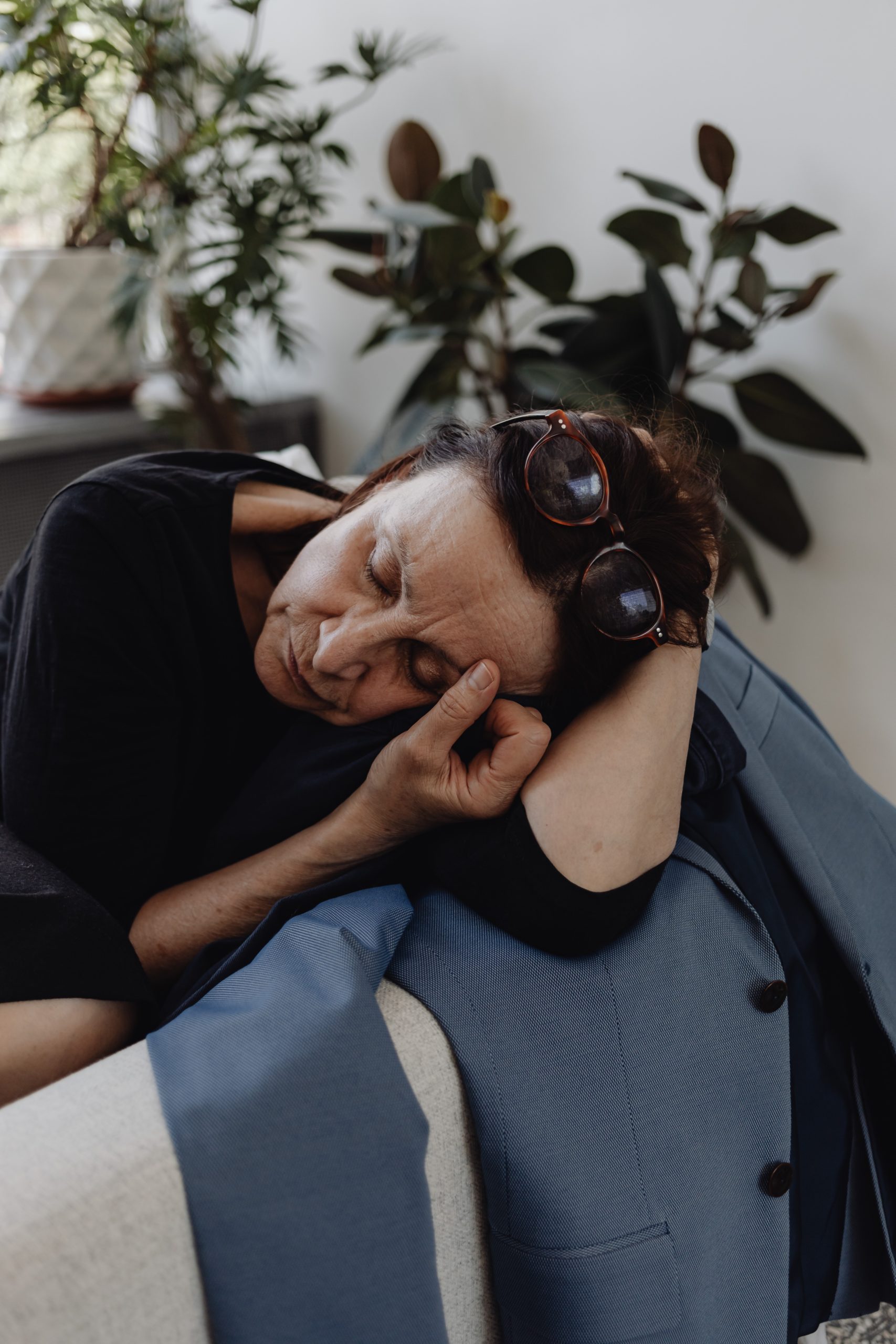
Osteomyelitis in Nursing Homes
Osteomyelitis in nursing homes can be a sign of a serious deficit in care. Osteomyelitis is a bone infection. In elderly nursing home residents, osteomyelitis often occurs when a wound, such as a pressure ulcer, diabetic ulcer, or surgical wound, is not provided with proper wound care. Germs can then enter the body and spread to nearby bone. Osteomyelitis is a serious condition that often requires hospitalization and treatment with IV antibiotics.
Pressure Ulcers and Osteomyelitis
Pressure ulcers are all too common among nursing home residents. Residents who do not have their position changed frequently enough can develop a pressure ulcer over a bony prominence, such as their ankle, sacrum, elbow, or spine. In Stage II, III and IV pressure ulcers, the skin opens and is no longer intact. That provides an opportunity for infection to enter the body. Pressure ulcers at advanced stages are most vulnerable to osteomyelitis due to the depth of the wound.
Risk Factors for Osteomyelitis
Many elderly individuals have risk factors that make them more prone to developing a bone infection. Conditions such as diabetes, rheumatoid arthritis, and sickle cell disease can put individuals at greater risk. Also, residents who are on hemodialysis, use intravenous lines, or have long-term steroid use are also more at risk. This means that nursing home staff must take precautions to prevent infection in these individuals.
Preventing Osteomyelitis in Nursing Homes:
Proper wound care is essential in preventing infections such as osteomyelitis. Nursing home staff should follow the important infection control techniques:
- Staff should wash hands and then use gloves prior to treating a wound
- Alcohol-based hand rub should be accessible during wound care.
- Staff should not touch items in the environment during wound care, in order to prevent contamination of gloves.
- Wound care dressings should be ordered by the physician and treatments should be followed as written. Ensure that wound dressings are changed at the frequency prescribed.
- Provide incontinence care to prevent urine and feces from entering the wound bed.
- Ensure gloves are disposed of and hands are washed following wound care before caring for the next resident.
Signs and Symptoms of a bone infection
Nursing home residents with osteomyelitis may exhibit a fever or complain of pain, swelling, or redness at the site of the infection. However, some nursing home residents do not exhibit these symptoms. Not all residents experience these symptoms, but if your loved one does, it is important to notify their physician.
How is Osteomyelitis Diagnosed and Treated?
You doctor may order one or more tests to diagnose osteomyelitis. He may recommend a blood test called a CBC to look for signs of infection. The doctor may order imaging studies like X-rays, MRIs, or CT scans to have a better look at your muscles, bones and tissues. A bone scan or biopsy might also be used as part of the diagnostic workup.
Once diagnosed, osteomyelitis often requires treatment at a hospital. Your loved one may require IV antibiotics or surgical treatments.
Contact Us
Osteomyelitis in nursing homes is often the result of poor care and neglect. If you believe that your loved one suffered a serious injury because of nursing home neglect, contact a nursing home lawyer in our firm for assistance. We believe that all nursing home residents deserve proper care, and we will fight for compensation for their injuries. Call us today to find out more about your legal options.
